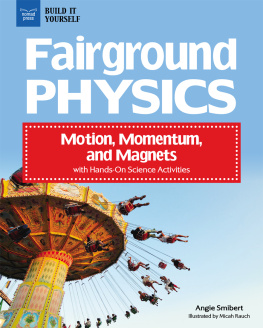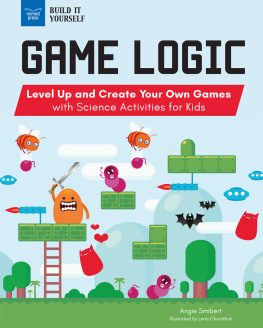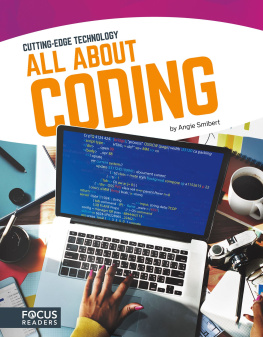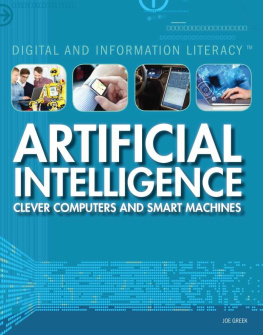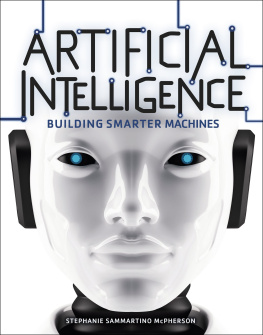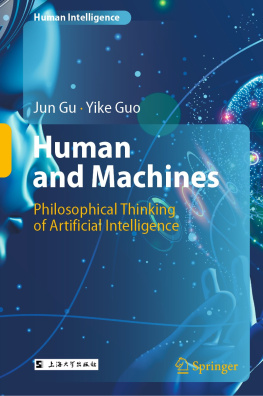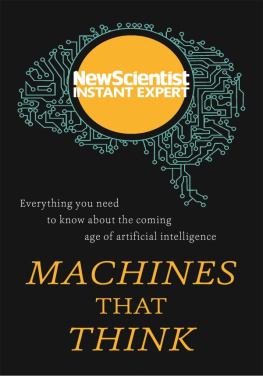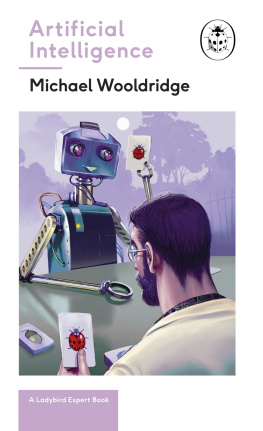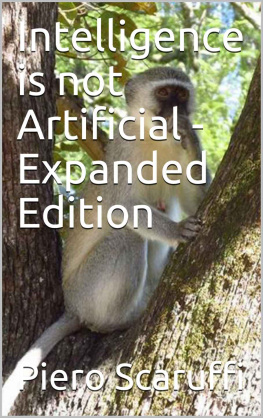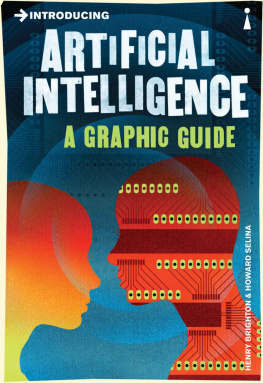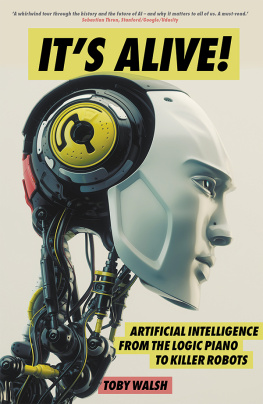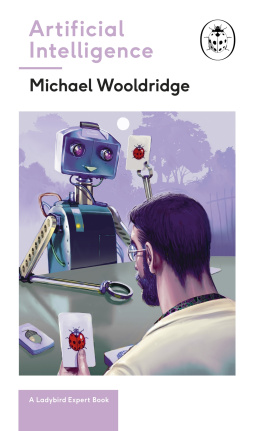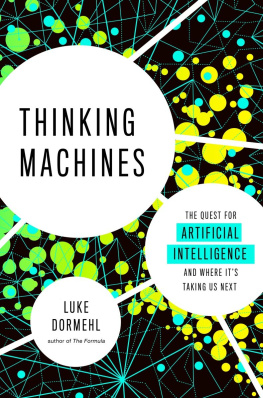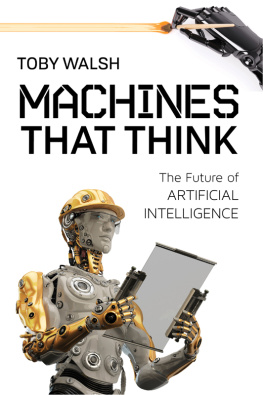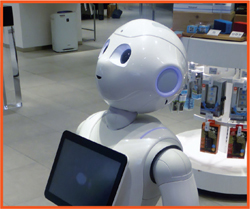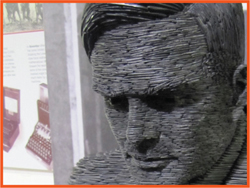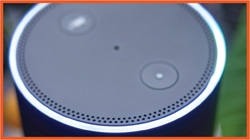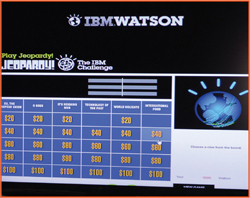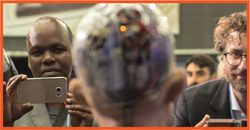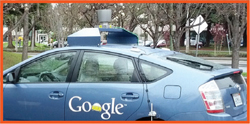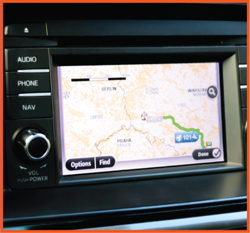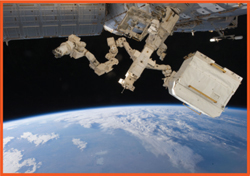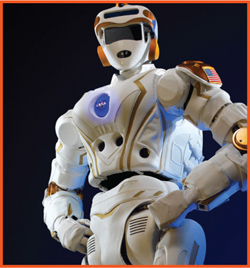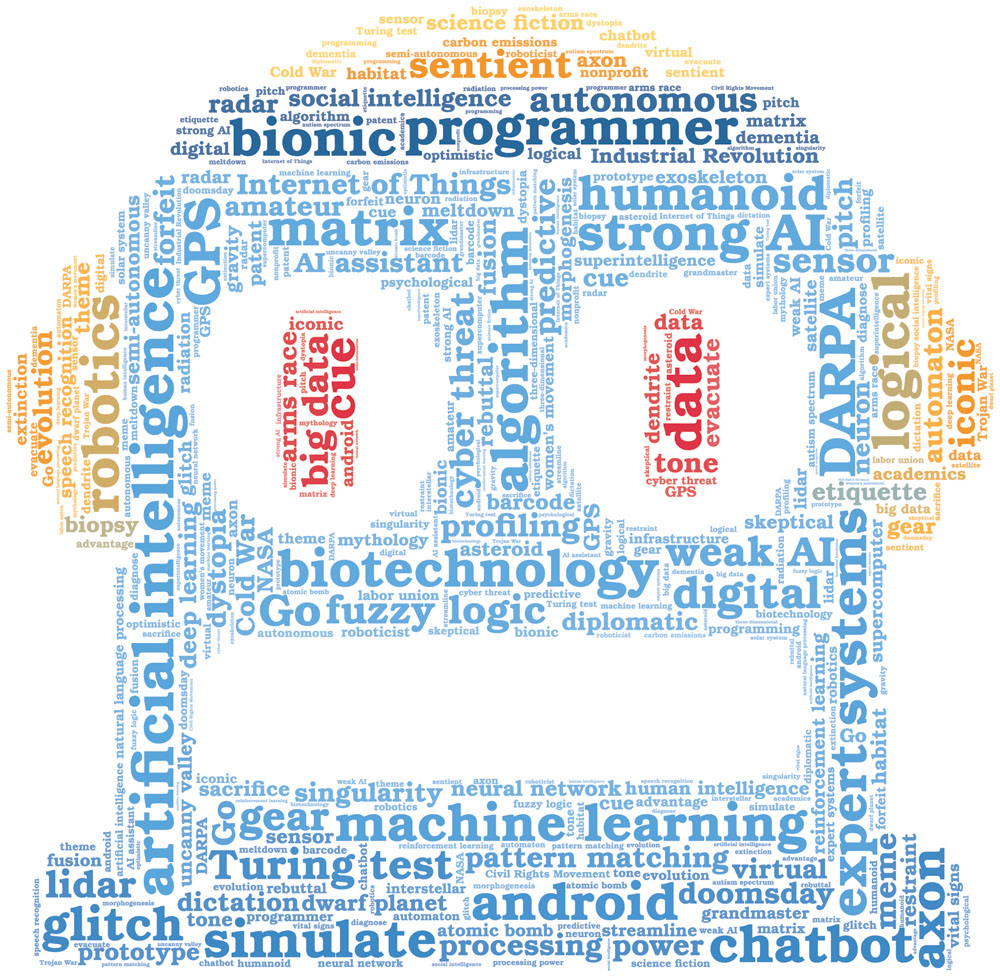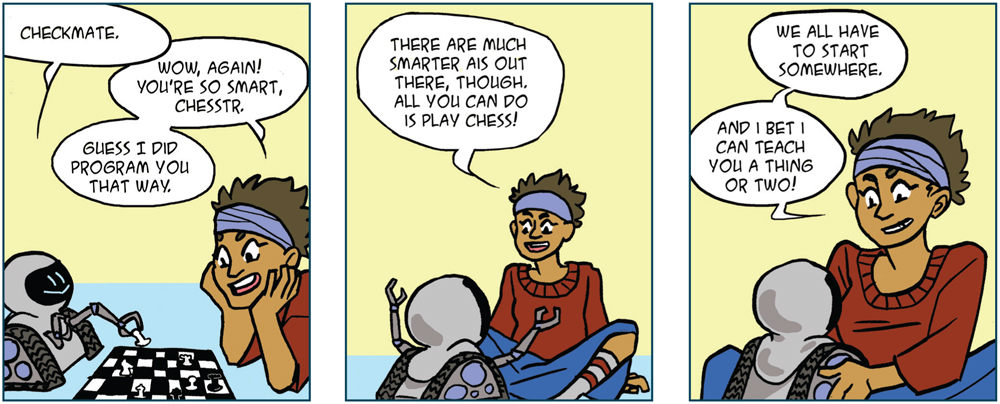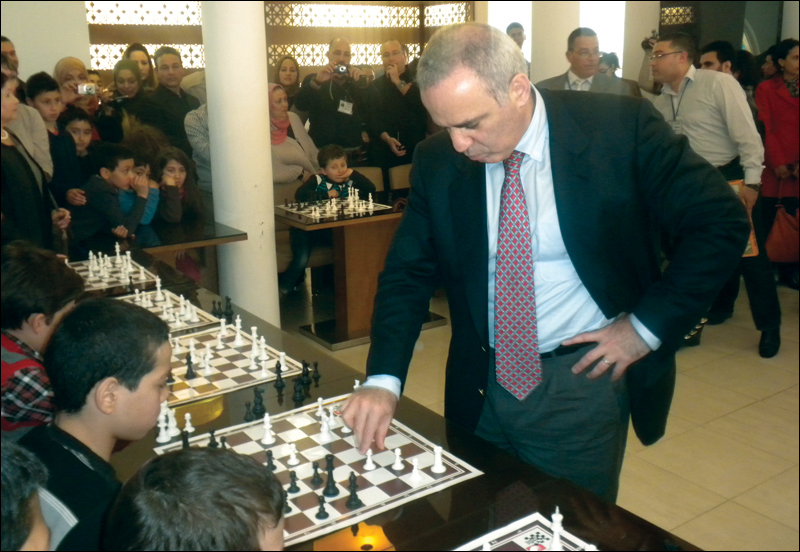Angie Smibert - Artificial Intelligence: Thinking Machines and Smart Robots with Science Activities for Kids
Here you can read online Angie Smibert - Artificial Intelligence: Thinking Machines and Smart Robots with Science Activities for Kids full text of the book (entire story) in english for free. Download pdf and epub, get meaning, cover and reviews about this ebook. year: 2018, publisher: Nomad Press, genre: Romance novel. Description of the work, (preface) as well as reviews are available. Best literature library LitArk.com created for fans of good reading and offers a wide selection of genres:
Romance novel
Science fiction
Adventure
Detective
Science
History
Home and family
Prose
Art
Politics
Computer
Non-fiction
Religion
Business
Children
Humor
Choose a favorite category and find really read worthwhile books. Enjoy immersion in the world of imagination, feel the emotions of the characters or learn something new for yourself, make an fascinating discovery.
- Book:Artificial Intelligence: Thinking Machines and Smart Robots with Science Activities for Kids
- Author:
- Publisher:Nomad Press
- Genre:
- Year:2018
- Rating:5 / 5
- Favourites:Add to favourites
- Your mark:
Artificial Intelligence: Thinking Machines and Smart Robots with Science Activities for Kids: summary, description and annotation
We offer to read an annotation, description, summary or preface (depends on what the author of the book "Artificial Intelligence: Thinking Machines and Smart Robots with Science Activities for Kids" wrote himself). If you haven't found the necessary information about the book — write in the comments, we will try to find it.
What is artificial intelligence? How is artificial intelligence going to change our lives?
Alexa, play my favorite song! Alexa, shut the garage door! Imagine a world in which you simply call out a request while sitting in your living room and have a small computer comply. Suddenly, the driving beat of your favorite song fills the air while in the distance you hear the grind of the garage door coming down.
This scenario is no longer science fiction! Our world is becoming increasingly inhabited by machines that can talk to us, listen to us, perform as asked, and even solve problems with no direction from humans. A machine with artificial intelligence is one that can perceive its environment and change its computing and behavior to reflect that environment, while using tools at hand to solve problems or reach goals.
In Artificial Intelligence: Thinking Machines and Smart Robots with Science Activities for Kids, one of four titles in the Technology for Today set, readers ages 10 to 15 learn the early definitions of AI and discover how these definitions, and the tests that are applied to determine whether a machine has AI or not, have changed as machines have grown increasingly competent in unexpected ways. Through a combination of science activities and student-paced learning, readers discover the AI machines of today and their uses in various fields, such as entertainment, the military, and health care. Includes 25 STEAM activities that encourage the development of important skills, including comparing and contrasting, looking for detailed evidence, making deductions, and applying critical analysis to a wide variety of media.
What about the future? How will AI affect the way we understand and integrate with technology and with each other? How can AI improve our lives? Is there anything dangerous about AI? What are the ethical issues surrounding the use of AI? Essential questions such as these promote critical examination of issues from all sides, while primary sources and science-minded engineering activities, such as experimenting with the programs Sound Net and iNaturalist and making a model of a neural network, let readers have a blast learning about the age of thinking machines were in right now.
In the Technology for Today set, readers ages 10 to 15 explore the digital landscapes of today and tomorrow through hands-on STEAM activities and compelling stories of how things work, who makes them work, and why. Titles in this set include Industrial Design: Why Smartphones Arent Round and Other Mysteries with Science Activities for Kids; Big Data: Information in the Digital World with Science Activities for Kids; Projectile Science: The Physics Behind Kicking a Field Goal and Launching a Rocket with Science Activities for Kids; and Artificial Intelligence: Thinking Machines and Smart Robots with Science Activities for Kids.
Nomad Press books integrate content with participation. Common Core State Standards, the Next Generation Science Standards, and STEM Education all place project-based learning as key building blocks in education. Combining content with inquiry-based projects stimulates learning and makes it active and alive. Nomads unique approach simultaneously grounds kids in factual knowledge while allowing them the space to be curious, creative, and critical thinkers.
Angie Smibert: author's other books
Who wrote Artificial Intelligence: Thinking Machines and Smart Robots with Science Activities for Kids? Find out the surname, the name of the author of the book and a list of all author's works by series.


